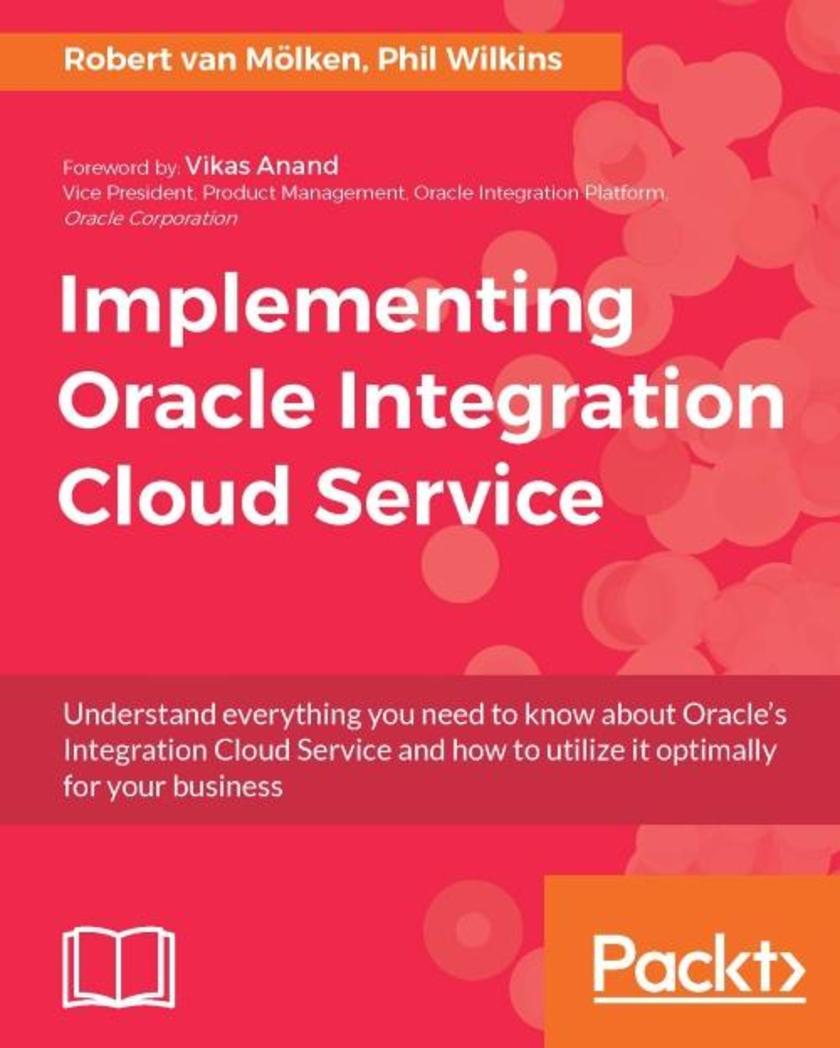
Implementing Oracle Integration Cloud Service
¥99.18
Understand everything you need to know about Oracle’s Integration Cloud Service and how to utilize it optimally for your business About This Book The only guide to Integration Cloud Service in the market Focused on practical action to deliver business value A professional’s guide to an expensive product, providing comprehensive training, and showing how to extract real business value from the product Who This Book Is For This book is ideal for any IT professional working with ICS, any Oracle application or cloud solution developer or analyst who wants to work with ICS to deliver business value. What You Will Learn Use ICS to integrate different systems together without needing to be a developer Gain understanding of what a number of technologies and standards provide – without needing to understand the fine details of those standards and technologies Understand the use of connectors that Oracle provide from technology based connections such as file and database connections to SaaS solutions ranging from Salesforce to Twitter Enrich data and extend SaaS integration to route to different instances Utilize a number of tools to help develop and check that your integrations work before connecting to live systems Introduce and explain integration concepts so that the integrations created are maintainable and sustainable for the longer term Provide details on how to keep up to date with the features that Oracle and partners provide in the future Get special connections developed to work with ICS In Detail Businesses are built on data, and applications that access that data. In modern businesses the same cloud-based data stores and applications might be accessed by hundreds of different applications from thousands of different devices via APIs. To make this happen, APIs must be wired together i.e. integrated. Oracle Integration Cloud Service provides a complete method for integrating enterprise applications in the cloud. Integration Cloud Service (ICS) provides a cloud hosted means to integrate systems together using a graphical means to define and represent integrations. This book will be a comprehensive, hands-on guide to building successful, high-availability integrations on ICS. This book sets out to demonstrate how ICS can be used to effectively implement integrations that work both in the cloud and on premise. It starts with a fast, practical introduction to what ICS can do for your business and then shows how ICS allows you to develop integrations not only quickly but in a way that means they are maintainable and extensible. Gradually it moves into more advanced integrations, showing how to achieve sophisticated results with ICS and work with external applications. Finally the book shows you how to monitor cloud apps and go beyond ICS to build even more powerful integrated applications. By the end of the book, you will the knowledge on how to use ICS to solve your own integration needs and harness the technologies in a maintainable and sustainable manner. Style and approach This book will take a pragmatic approach and will be a business-focused guide to delivering business value with ICS.
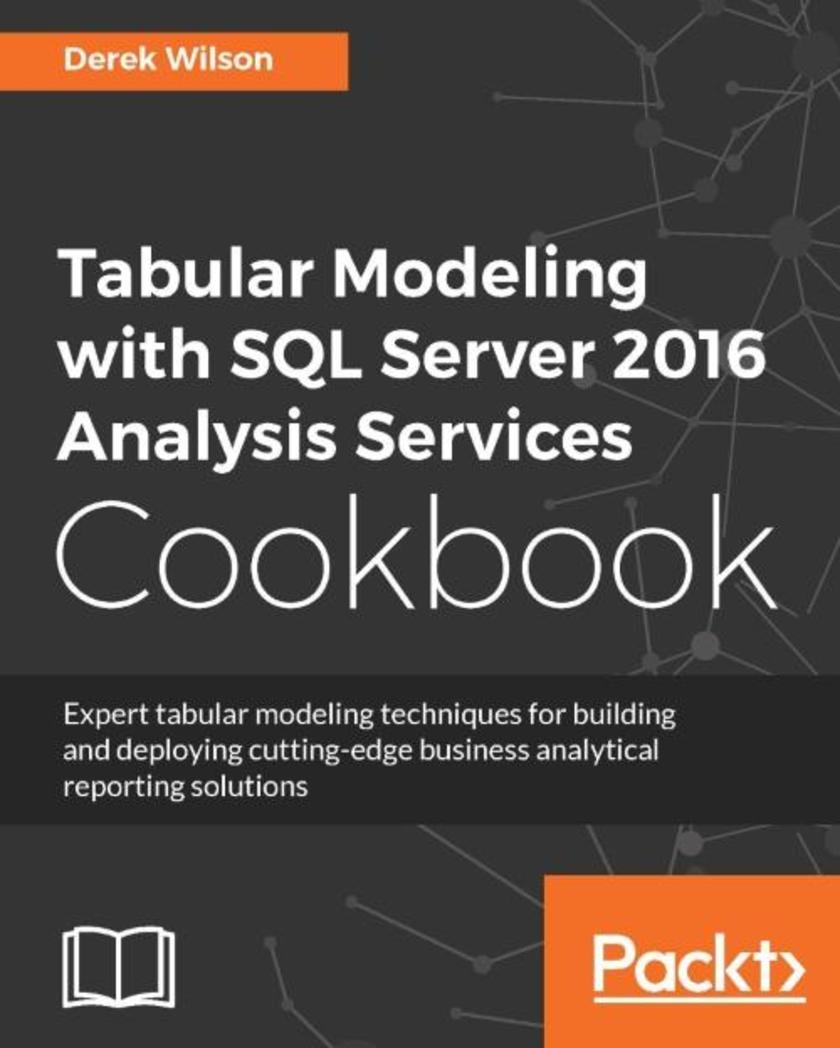
Tabular Modeling with SQL Server 2016 Analysis Services Cookbook
¥99.18
Expert tabular modeling techniques for building and deploying cutting-edge business analytical reporting solutions About This Book Build and deploy Tabular Model projects from relational data sources Leverage DAX and create high-performing calculated fields and measures Create ad-hoc reports based on a Tabular Model solution Useful tips to monitor and optimize your tabular solutions Who This Book Is For This book is for SQL BI professionals and Architects who want to exploit the full power of the new Tabular models in Analysis Services. Some knowledge of previous versions of Analysis services would be helpful but is not essential. What You Will Learn Learn all about Tabular services mode and how it speeds up development Build solutions using sample datasets Explore built-in actions and transitions in SSAS 2016 Implement row-column, and role-based security in a Tabular Data model Realize the benefits of in-memory and DirectQuery deployment modes Get up to date with the new features added to SQL Server 2016 Analysis Services Optimize Data Models and Relationships Usage In Detail SQL Server Analysis Service (SSAS) has been widely used across multiple businesses to build smart online analytical reporting solutions. It includes two different types of modeling for analysis services: Tabular and Multi Dimensional. This book covers Tabular modeling, which uses tables and relationships with a fast in-memory engine to provide state of the art compression algorithms and query performance. The book begins by quickly taking you through the concepts required to model tabular data and set up the necessary tools and services. As you learn to create tabular models using tools such as Excel and Power View, you’ll be shown various strategies to deploy your model on the server and choose a query mode (In-memory or DirectQuery) that best suits your reporting needs. You’ll also learn how to implement key and newly introduced DAX functions to create calculated columns and measures for your model data. Last but not least, you’ll be shown techniques that will help you administer and secure your BI implementation along with some widely used tips and tricks to optimize your reporting solution. By the end of this book, you’ll have gained hands-on experience with the powerful new features that have been added to Tabular models in SSAS 2016 and you’ll be able to improve user satisfaction with faster reports and analytical queries. Style and approach This book takes a practical, recipe-based approach where each recipe lists the steps to address or implement a solution. You will be provided with several approaches to creating a business intelligence semantic model using analysis services.
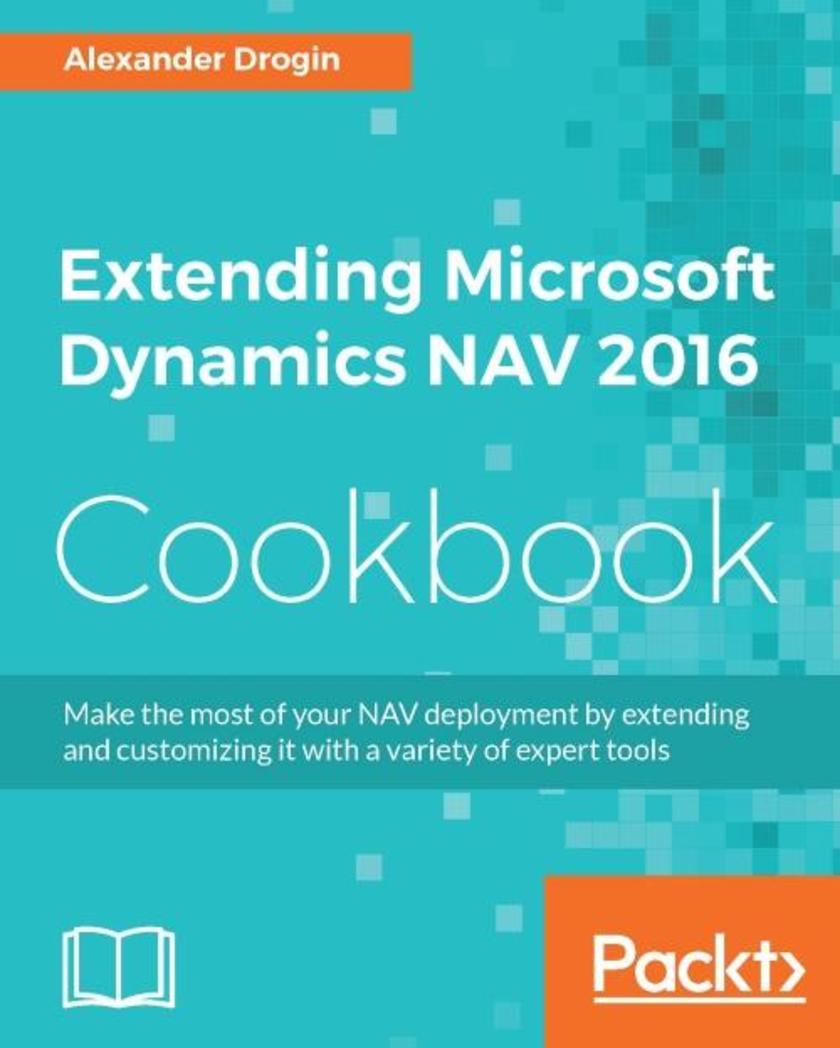
Extending Microsoft Dynamics NAV 2016 Cookbook
¥99.18
Make the most of your NAV deployment by extending and customizing it with a variety of expert tools About This Book Extend Dynamics in a cost-effective manner by using tools that are ready at your disposal Solve common business problems with the valuable features and flexibility of Dynamics NAV Follow practical and easy-to-grasp examples, illustrations, and coding to make the most out of Dynamics NAV in your organisation Who This Book Is For This book is for Dynamics NAV developers and administrators who have a good knowledge level and understanding of Dynamics NAV application development and administration. What You Will Learn Develop a module in Dynamics NAV using C/AL Build relationships with COM technologies Develop and integrate COM with Dynamics NAV 2016 Call the framework members from C/AL Develop an event in the .NET framework and see how to subscribe to it using C/AL Automate the deployment into Dynamics NAV Develop Windows Client Control add-Ins Deploy your resource automatically from Visual Studio Install and Configure Windows Client Control add-Ins Integrate Dynamics NAV with Sharepoint In Detail Microsoft Dynamics NAV is an enterprise resource planning (ERP) software suite for organizations. The system offers specialized functionality for manufacturing, distribution, government, retail, and other industries. Its integrated development environment enables customizations with minimal disruption to business processes. The book starts explaining the new features of Dynamics NAV along with how to create and modify a simple module. Moving on, you will learn the importance of thinking beyond the boundaries of C/AL development and the possibilities opened by with it. Next, you will get to know how COM can be used to extend the functionalities of Dynamics NAV. You’ll find out how to extend the Dynamics NAV 2016 version using .NET interoperability and will see the steps required to subscribe to .NET events in order to extend Dynamics NAV. Finally, you’ll see the cmdlets available to manage extension packages. By the end of the book, you will have the knowledge needed to become more efficient in selecting the extending methods, developing and deploying them to the Dynamics NAV, and practicing the best practices. Style and approach The book follows a practical recipe-based approach focusing on real-world scenarios and giving you all the information you need to build a strong Dynamics NAV implementation.
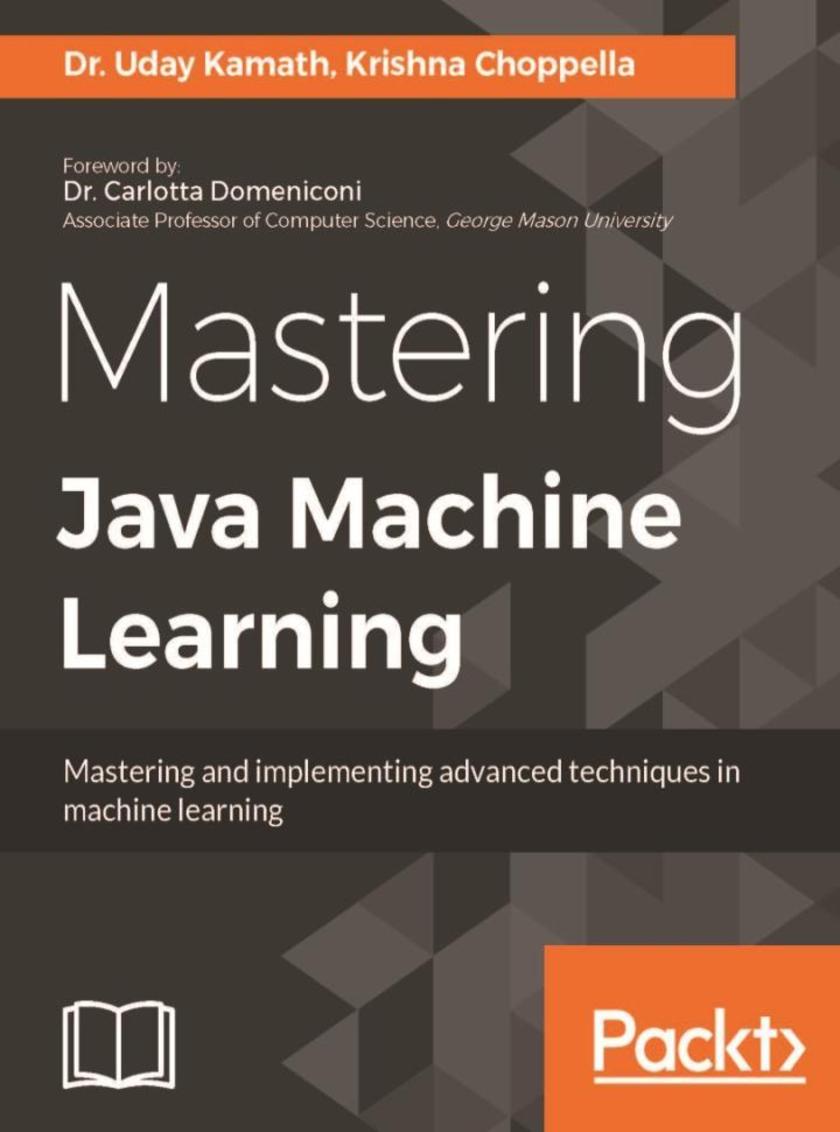
Mastering Java Machine Learning
¥99.18
Become an advanced practitioner with this progressive set of master classes on application-oriented machine learning About This Book ? Comprehensive coverage of key topics in machine learning with an emphasis on both the theoretical and practical aspects ? More than 15 open source Java tools in a wide range of techniques, with code and practical usage. ? More than 10 real-world case studies in machine learning highlighting techniques ranging from data ingestion up to analyzing the results of experiments, all preparing the user for the practical, real-world use of tools and data analysis. Who This Book Is For This book will appeal to anyone with a serious interest in topics in Data Science or those already working in related areas: ideally, intermediate-level data analysts and data scientists with experience in Java. Preferably, you will have experience with the fundamentals of machine learning and now have a desire to explore the area further, are up to grappling with the mathematical complexities of its algorithms, and you wish to learn the complete ins and outs of practical machine learning. What You Will Learn ? Master key Java machine learning libraries, and what kind of problem each can solve, with theory and practical guidance. ? Explore powerful techniques in each major category of machine learning such as classification, clustering, anomaly detection, graph modeling, and text mining. ? Apply machine learning to real-world data with methodologies, processes, applications, and analysis. ? Techniques and experiments developed around the latest specializations in machine learning, such as deep learning, stream data mining, and active and semi-supervised learning. ? Build high-performing, real-time, adaptive predictive models for batch- and stream-based big data learning using the latest tools and methodologies. ? Get a deeper understanding of technologies leading towards a more powerful AI applicable in various domains such as Security, Financial Crime, Internet of Things, social networking, and so on. In Detail Java is one of the main languages used by practicing data scientists; much of the Hadoop ecosystem is Java-based, and it is certainly the language that most production systems in Data Science are written in. If you know Java, Mastering Machine Learning with Java is your next step on the path to becoming an advanced practitioner in Data Science. This book aims to introduce you to an array of advanced techniques in machine learning, including classification, clustering, anomaly detection, stream learning, active learning, semi-supervised learning, probabilistic graph modeling, text mining, deep learning, and big data batch and stream machine learning. Accompanying each chapter are illustrative examples and real-world case studies that show how to apply the newly learned techniques using sound methodologies and the best Java-based tools available today. On completing this book, you will have an understanding of the tools and techniques for building powerful machine learning models to solve data science problems in just about any domain. Style and approach A practical guide to help you explore machine learning—and an array of Java-based tools and frameworks—with the help of practical examples and real-world use cases.
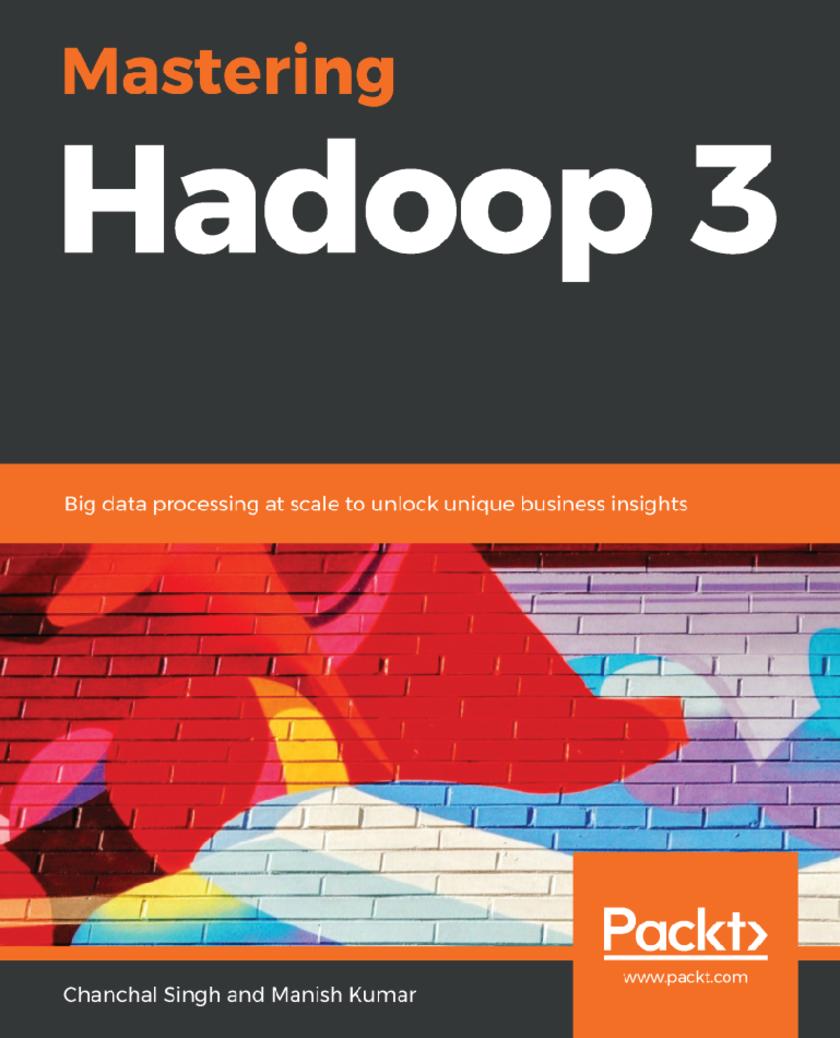
Mastering Hadoop 3
¥99.18
A comprehensive guide to mastering the most advanced Hadoop 3 concepts Key Features * Get to grips with the newly introduced features and capabilities of Hadoop 3 * Crunch and process data using MapReduce, YARN, and a host of tools within the Hadoop ecosystem * Sharpen your Hadoop skills with real-world case studies and code Book Description Apache Hadoop is one of the most popular big data solutions for distributed storage and for processing large chunks of data. With Hadoop 3, Apache promises to provide a high-performance, more fault-tolerant, and highly efficient big data processing platform, with a focus on improved scalability and increased efficiency. With this guide, you’ll understand advanced concepts of the Hadoop ecosystem tool. You’ll learn how Hadoop works internally, study advanced concepts of different ecosystem tools, discover solutions to real-world use cases, and understand how to secure your cluster. It will then walk you through HDFS, YARN, MapReduce, and Hadoop 3 concepts. You’ll be able to address common challenges like using Kafka efficiently, designing low latency, reliable message delivery Kafka systems, and handling high data volumes. As you advance, you’ll discover how to address major challenges when building an enterprise-grade messaging system, and how to use different stream processing systems along with Kafka to fulfil your enterprise goals. By the end of this book, you’ll have a complete understanding of how components in the Hadoop ecosystem are effectively integrated to implement a fast and reliable data pipeline, and you’ll be equipped to tackle a range of real-world problems in data pipelines. What you will learn * Gain an in-depth understanding of distributed computing using Hadoop 3 * Develop enterprise-grade applications using Apache Spark, Flink, and more * Build scalable and high-performance Hadoop data pipelines with security, monitoring, and data governance * Explore batch data processing patterns and how to model data in Hadoop * Master best practices for enterprises using, or planning to use, Hadoop 3 as a data platform * Understand security aspects of Hadoop, including authorization and authentication Who this book is for If you want to become a big data professional by mastering the advanced concepts of Hadoop, this book is for you. You’ll also find this book useful if you’re a Hadoop professional looking to strengthen your knowledge of the Hadoop ecosystem. Fundamental knowledge of the Java programming language and basics of Hadoop is necessary to get started with this book.
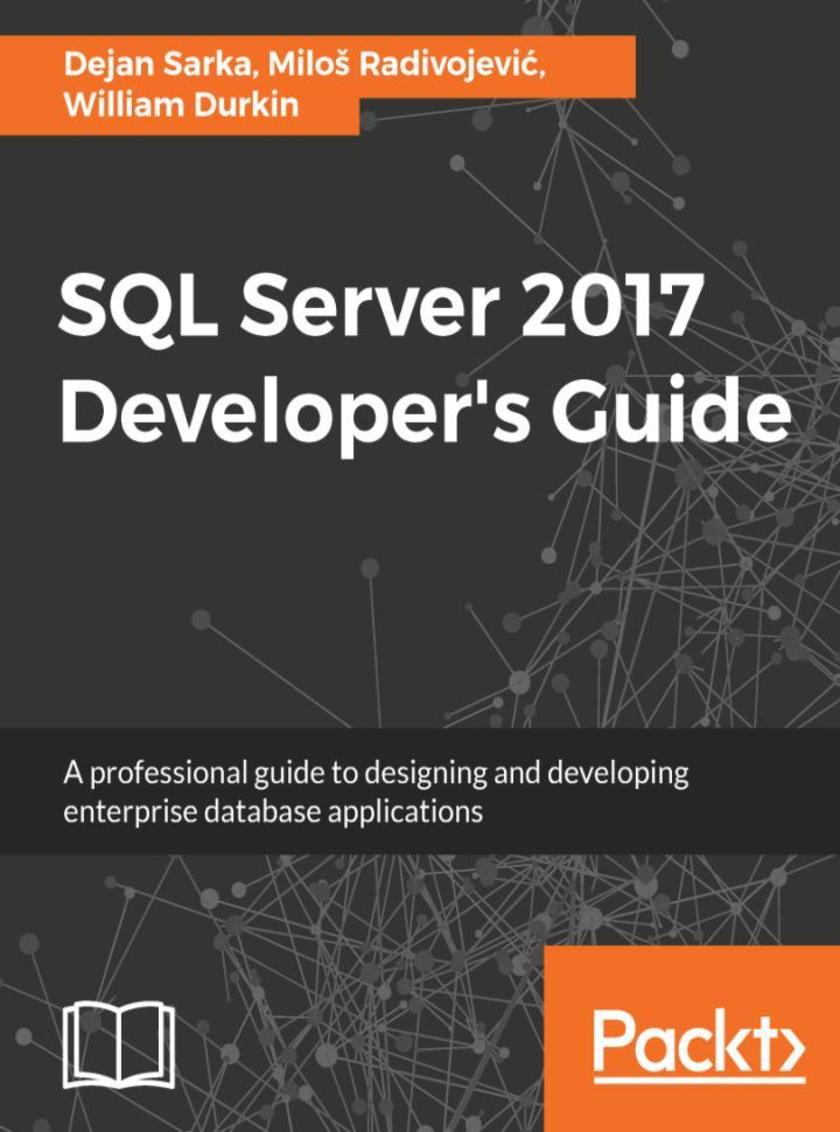
SQL Server 2017 Developer’s Guide
¥99.18
Build smarter and efficient database application systems for your organization with SQL Server 2017 About This Book ? Build database applications by using the development features of SQL Server 2017 ? Work with temporal tables to get information stored in a table at any time ? Use adaptive querying to enhance the performance of your queries Who This Book Is For Database developers and solution architects looking to design efficient database applications using SQL Server 2017 will find this book very useful. In addition, this book will be valuable to advanced analysis practitioners and business intelligence developers. Database consultants dealing with performance tuning will get a lot of useful information from this book as well. Some basic understanding of database concepts and T-SQL is required to get the best out of this book. What You Will Learn ? Explore the new development features introduced in SQL Server 2017 ? Identify opportunities for In-Memory OLTP technology ? Use columnstore indexes to get storage and performance improvements ? Exchange JSON data between applications and SQL Server ? Use the new security features to encrypt or mask the data ? Control the access to the data on the row levels ? Discover the potential of R and Python integration ? Model complex relationships with the graph databases in SQL Server 2017 In Detail Microsoft SQL Server 2017 is the next big step in the data platform history of Microsoft as it brings in the power of R and Python for machine learning and containerization-based deployment on Windows and Linux. Compared to its predecessor, SQL Server 2017 has evolved into Machine Learning with R services for statistical analysis and Python packages for analytical processing. This book prepares you for more advanced topics by starting with a quick introduction to SQL Server 2017’s new features and a recapitulation of the possibilities you may have already explored with previous versions of SQL Server. The next part introduces you to enhancements in the Transact-SQL language and new database engine capabilities and then switches to a completely new technology inside SQL Server: JSON support. We also take a look at the Stretch database, security enhancements, and temporal tables. Furthermore, the book focuses on implementing advanced topics, including Query Store, columnstore indexes, and In-Memory OLTP. Towards the end of the book, you’ll be introduced to R and how to use the R language with Transact-SQL for data exploration and analysis. You’ll also learn to integrate Python code in SQL Server and graph database implementations along with deployment options on Linux and SQL Server in containers for development and testing. By the end of this book, you will have the required information to design efficient, high-performance database applications without any hassle. Style and approach This book is a detailed guide to mastering the development features offered by SQL Server 2017, with a unique learn-as-you-do approach. All the concepts are explained in a very easy-to-understand manner and are supplemented with examples to ensure that you—the developer—are able to take that next step in building more powerful, robust applications for your organization with ease.

Oracle 11g Anti-hacker's Cookbook
¥99.18
This cookbook has recipes written in simple, easy to understand format with lots of screenshots and insightful tips and hints. If you are an Oracle Database Administrator, Security Manager or Security Auditor looking to secure the Oracle Database or prevent it from being hacked, then this book is for you. This book assumes you have a basic understanding of security concepts.
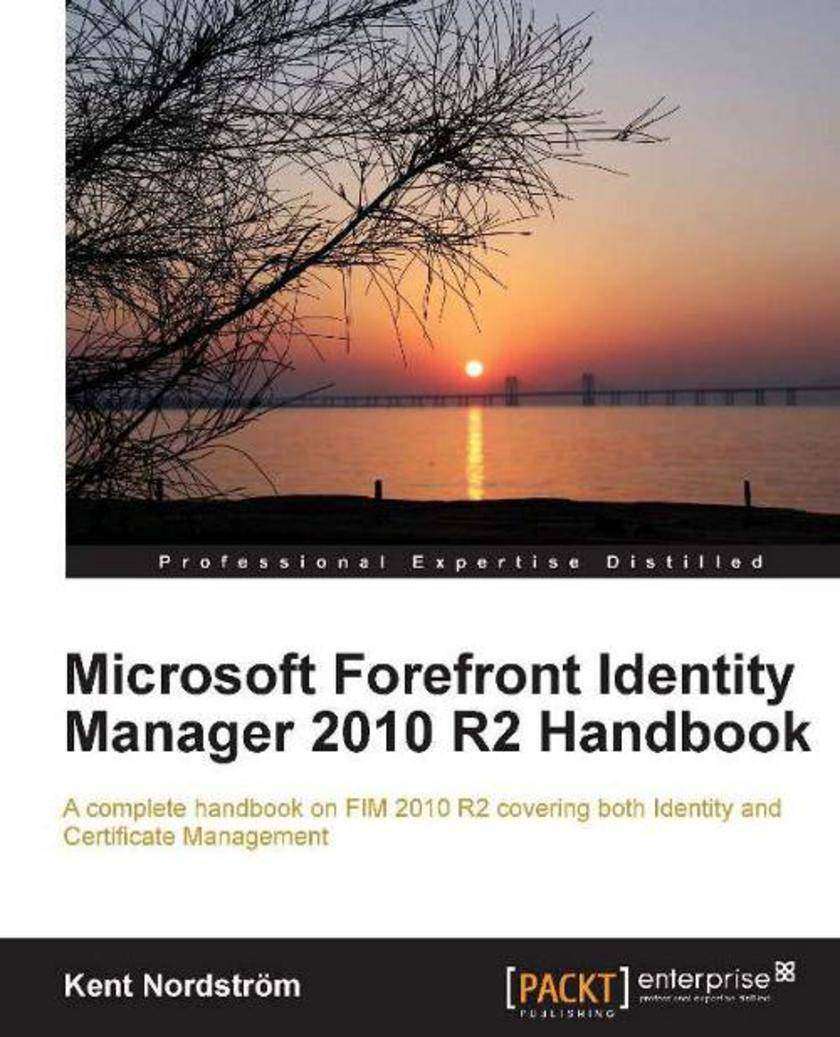
Microsoft Forefront Identity Manager 2010 R2 Handbook
¥99.18
Throughout the book, we will follow a fictional company, the case study will help you in implementing FIM 2010 R2. All the examples in the book will relate to this fictive company and you will be taken from design, to installation, to configuration of FIM 2010 R2. If you are implementing and managing FIM 2010 R2 in your business, then this book is for you. You will need to have a basic understanding of Microsoft based infrastructure using Active Directory. If you are new to Forefront Identity Management, the case-study approach of this book will help you to understand the concepts and implement them.
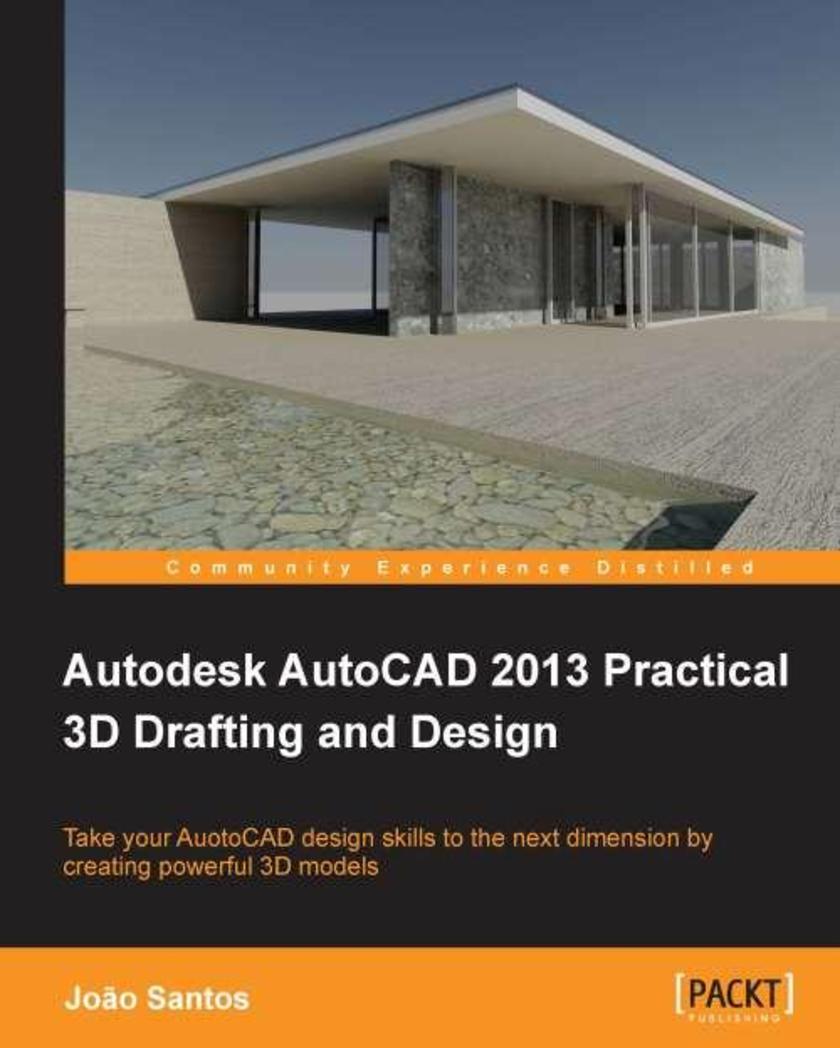
Autodesk AutoCAD 2013 Practical 3D Drafting and Design
¥99.18
This book is written in a practical and friendly style with practical tutorials, exercises, and detailed images which will help you master the third dimension. This book is intended for everyone who wants to create accurate 3D models in AutoCAD, like architecture, engineering, or design professionals, and students. Only basic understanding of 2D AutoCAD is needed.

Mastering SQL Queries for SAP Business One
¥99.18
This is a practical guide providing comprehensive solutions for SQL query problems, and is full of concrete real-world examples to help you create and troubleshoot your SQL queries in SAP Business One. If you are a system administrator who uses SQL query as your tool of choice for solving specific problems throughout SAP Business One, then this book is for you. It may also be useful if you are a developer or consultant using this technology, and can benefit end users by improving your search for important business information. A rudimentary knowledge of SAP Business One and SQL Server is required to use this book efficiently. Examples covered are relevant to SBO 2007A users, for which the 8.8 release is mostly compatible. All SQL query examples within the book are verified under SQL Server 2005, so they are guaranteed to run under this release, in addition to SQL Server 2008. Non-SAP Business One users can also gain knowledge from the many examples throughout the book. It is hard to find another book with so many SQL query examples.
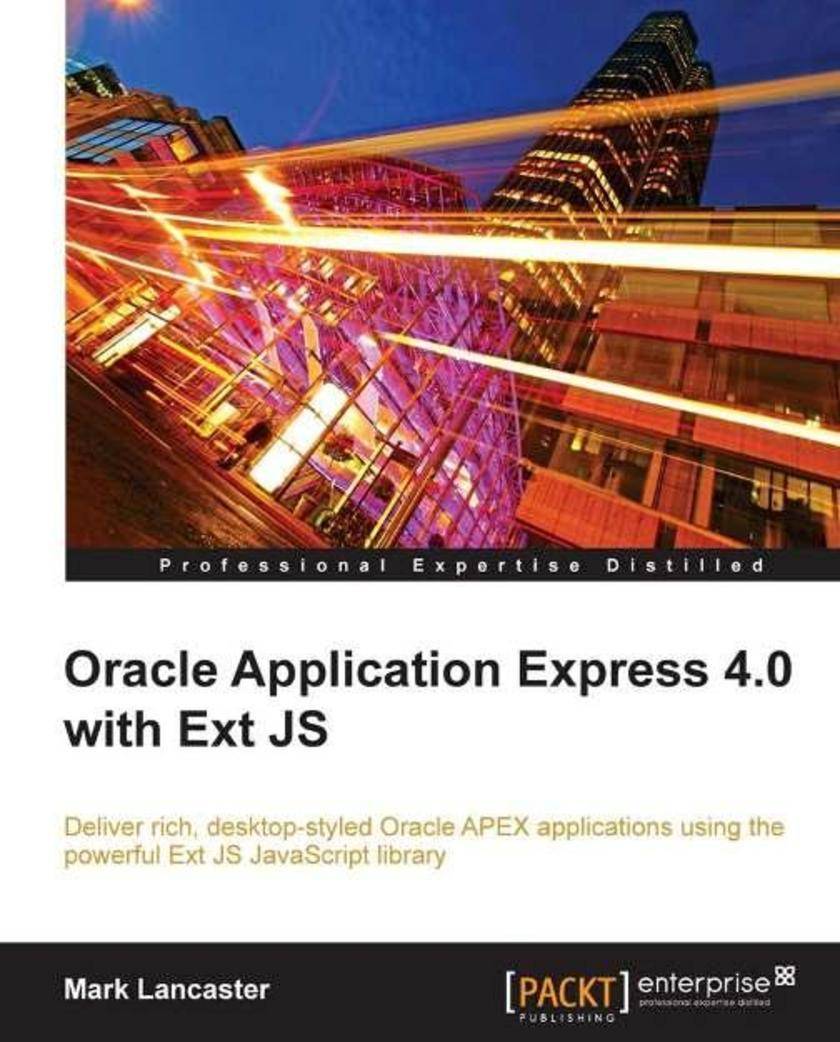
Oracle Application Express 4.0 with Ext JS
¥99.18
This book is written in a clear conversational style, which emphasizes a practical learn-by-doing approach. This step by step guide has illustrative examples to implement Ext JS library features in your Oracle APEX applications If you are an Oracle APEX application developer who wants to take APEX applications to the next level by taking advantage of Ext JS features, this book is for you. Prior knowledge of Oracle APEX is required, however, no prior knowledge of Ext JS is required.
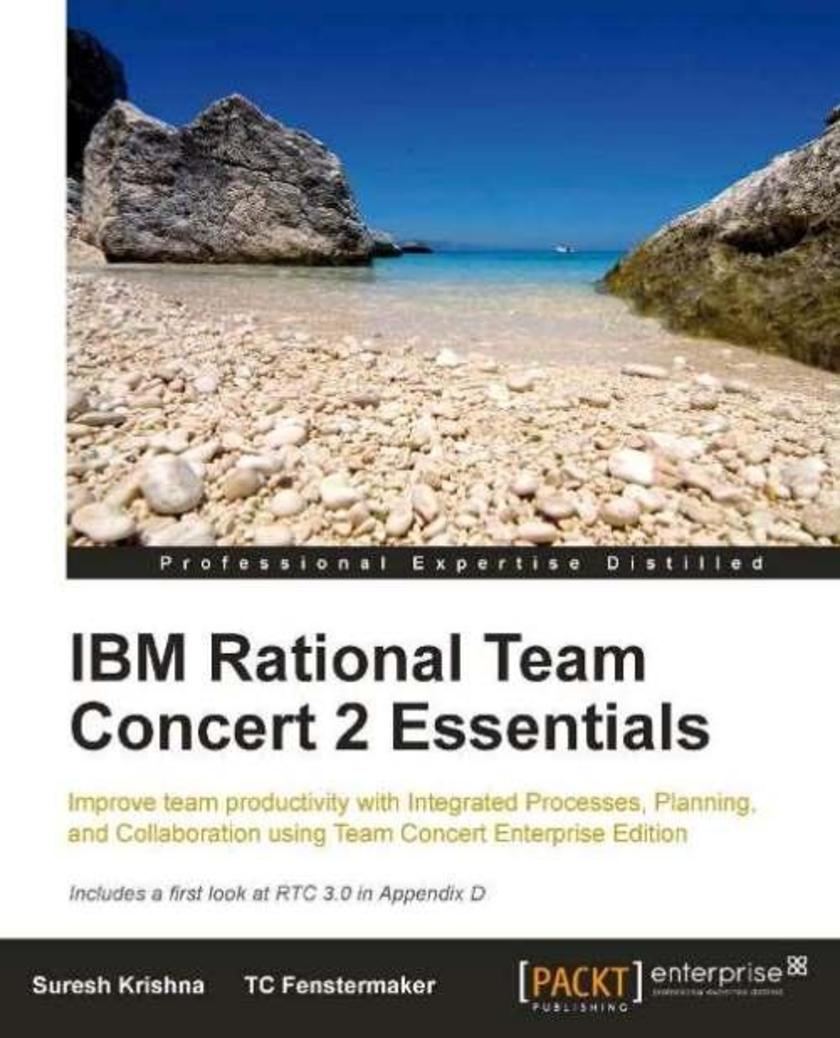
IBM Rational Team Concert 2 Essentials
¥99.18
With their straightforward style, Suresh Krishna and TC Fenstermaker have put their years of experience and motivation into this practical guide that assists in finding an integrated approach to increased team productivity. The numerous tips, notes, and suggestions strengthen your grasp of fundamentals and the foundation upon which you are ready to build your customized Rational Team Concert application. Ample screenshots make sure that you get the configurations correct the first time. A real-world Book Manager Application walks you through all the core features of the Rational Team Concert during different phases of development and release. If you are a Project Manager or a Team Member, who would like to find an integrated approach to deal with modern software development challenges, you should read this book. Or if you are someone who likes to stay one step ahead in team management, you have got the right choice here.
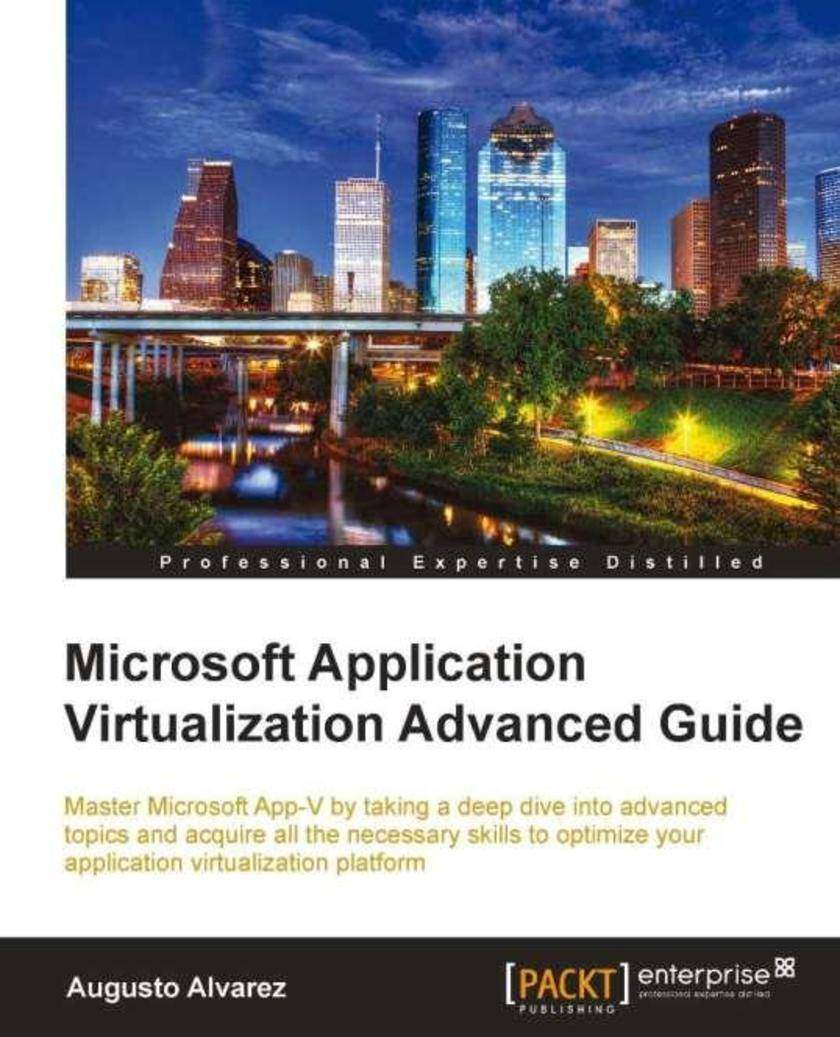
Microsoft Application Virtualization Advanced Guide
¥99.18
A practical tutorial containing clear, step-by-step explanations of all the concepts required to understand the technology involved in virtualizing your application infrastructure. Each chapter uses real-world scenarios so that the readers can put into practice what they learn immediately and with the right guidance. Each topic is written defining a common need and developing the process to solve it using Microsoft App-V. This book is for system administrators or consultants who want to master and dominate App-V, and gain a deeper understanding of the technology in order to optimize App V implementations. Even though the book does not include basic steps like installing App-V components or sequencing simple applications; application virtualization beginners will receive a comprehensive look into App-V before jumping into the technical process of each chapter.
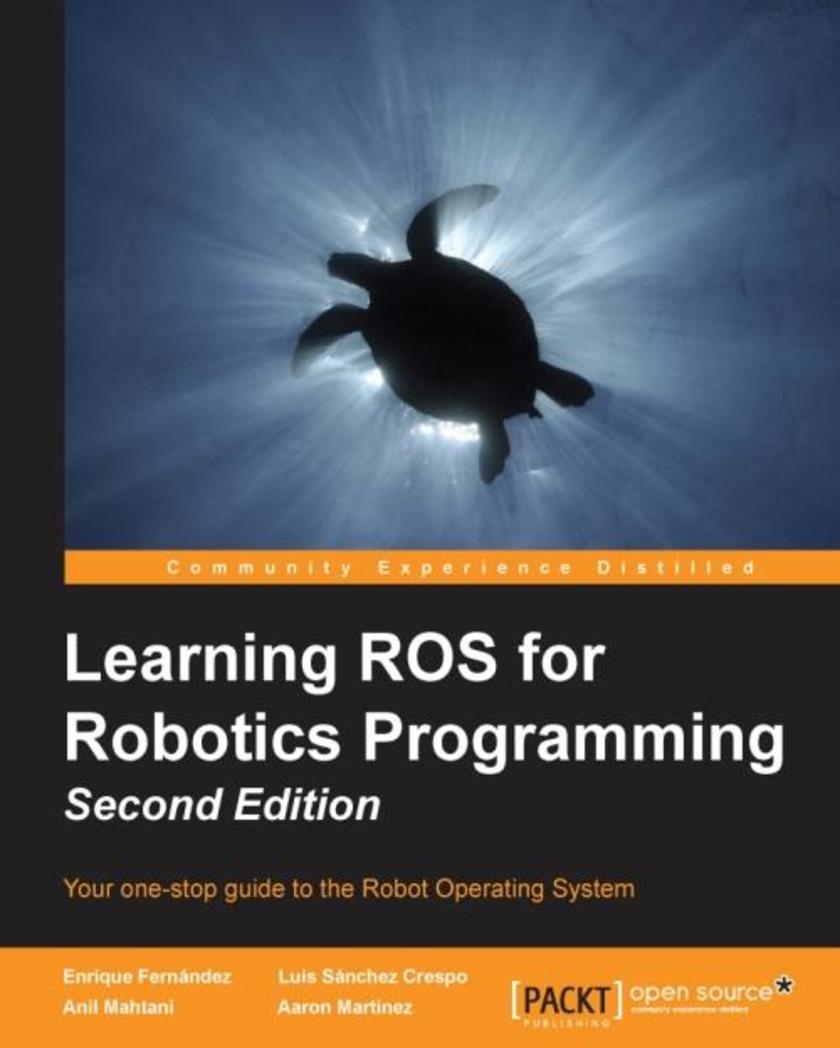
Learning ROS for Robotics Programming - Second Edition
¥99.18
In order to make the most of the book, you should have a C++ programming background, knowledge of GNU/Linux systems, and general skills in computer science. No previous background in ROS is required, as this book takes you from the ground up.
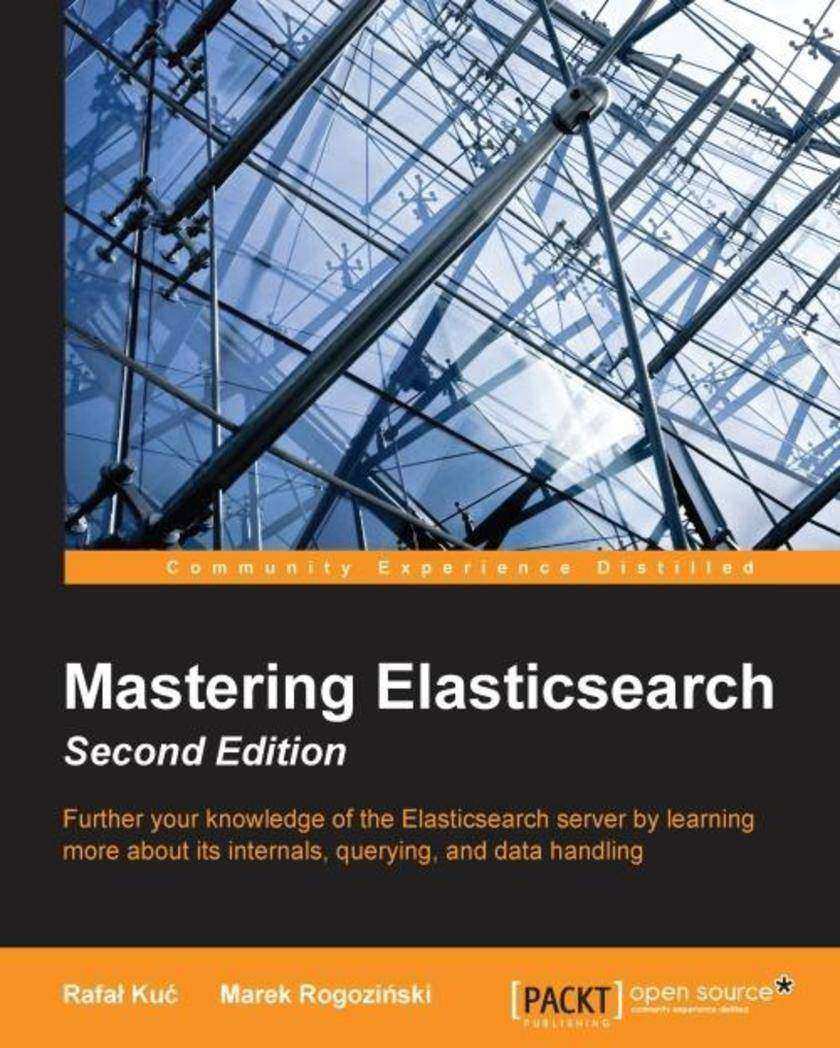
Mastering Elasticsearch - Second Edition
¥99.18
This book is for Elasticsearch users who want to extend their knowledge and develop new skills. Prior knowledge of the Query DSL and data indexing is expected.
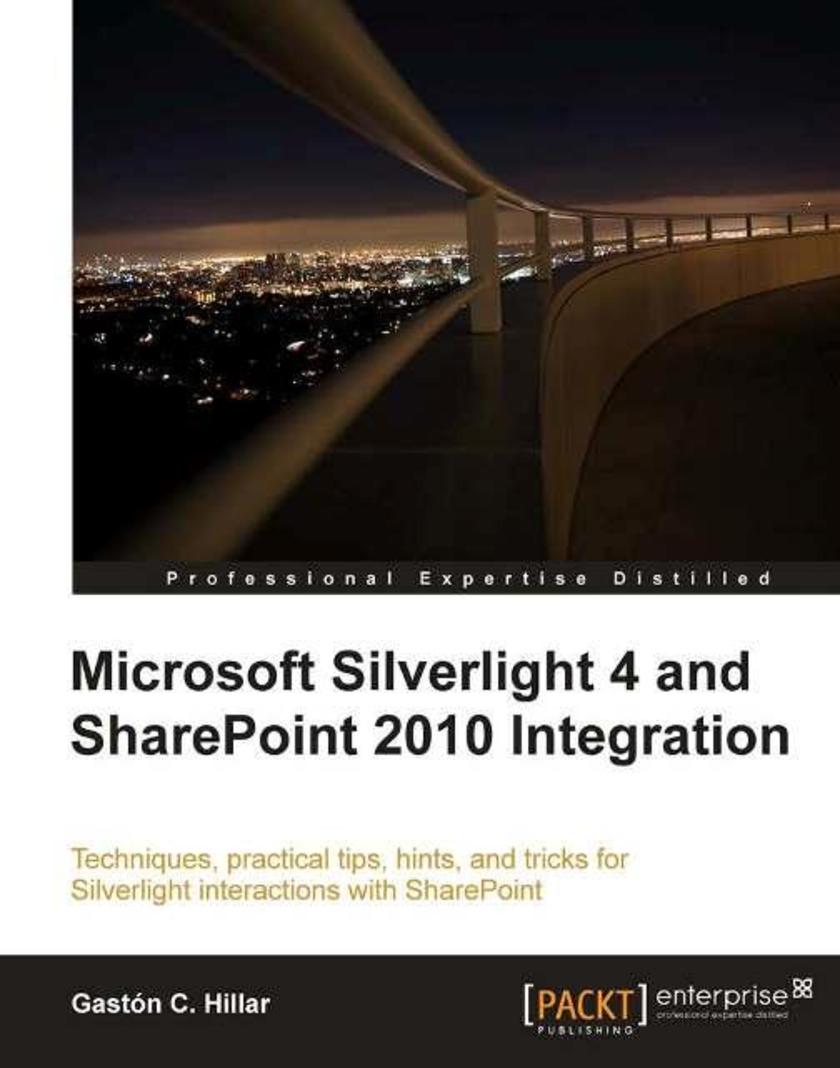
Microsoft Silverlight 4 and SharePoint 2010 Integration
¥99.18
This is a practical book with step-by-step guidelines to integrate Silverlight 4 applications in a SharePoint 2010 Server environment. This book focuses on the integration of the two technologies and is not a primer for any of the individual technologies. It offers clear examples to successfully perform the most important integration tasks. If you are an application developer who wants to implement Silverlight 4 applications within a SharePoint 2010 environment, this book is for you. We assume that the reader has prior knowledge of Silverlight and SharePoint 2010 and this book focuses more on the integration of Silverlight with SharePoint 2010.
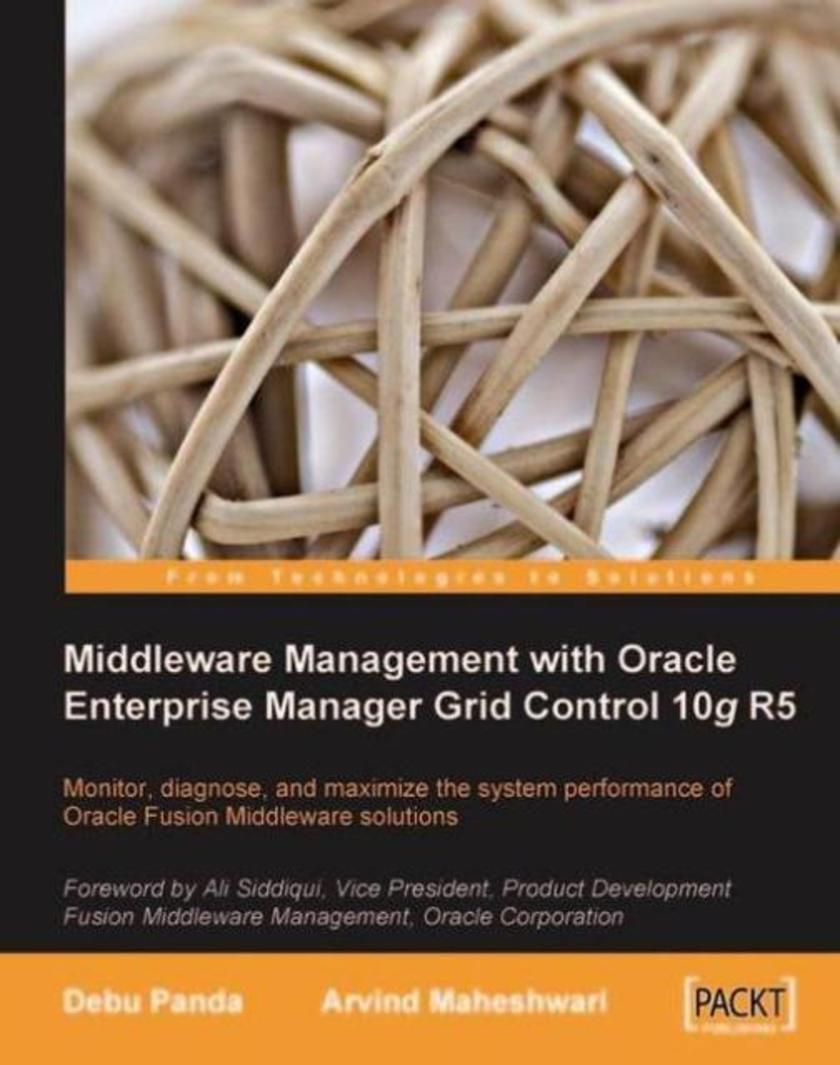
Middleware Management with Oracle Enterprise Manager Grid Control 10g R5
¥99.18
This book is a hands-on tutorial detailing Oracle Enterprise Manager Grid Control's management of Middleware. It is a 'how-to', and provides best practices, tips, and troubleshooting guidelines for managing middleware with Oracle Enterprise Manager. This book is targeted at Middleware Administrators, IT Architects, and System Administrators who want to monitor, diagnose, and maximize the system performance of Oracle [if gte mso 9] Normal 0 false false false EN-US X-NONE X-NONE ![endif]--[if gte mso 9] ![endif] Fusion Middleware solutions. The book assumes basic knowledge of middleware/application server management. It can also be used by Database Administrators who want to become Middleware Administrators.
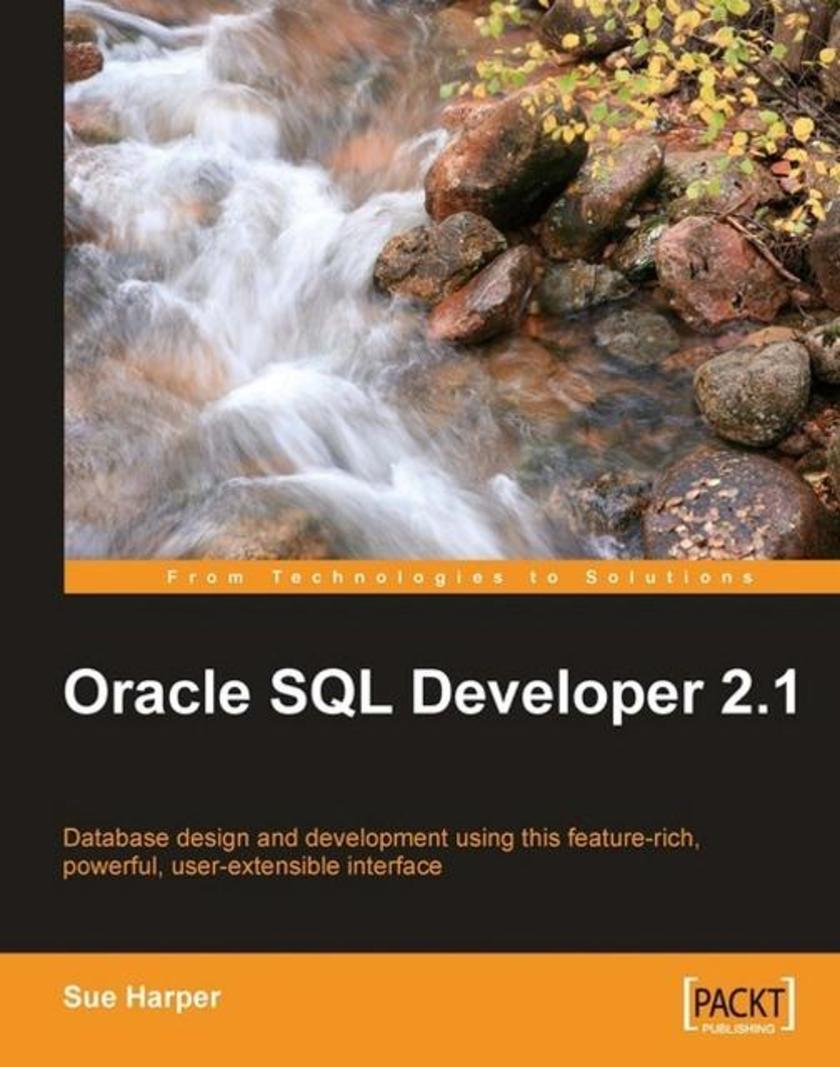
Oracle SQL Developer 2.1
¥99.18
Covering SQL Developer fundamentals as well more intermediate and advanced topics, this book uses in-depth explanation and detailed examples to help you get the most out of Oracle SQL Developer. The book has a modular structure, so that you can dip into any chapter that covers your current area of focus and get going. This book is for Oracle developers who want to ease their database development, and enhance their productivity using Oracle SQL Developer. You should have a programming knowledge of SQL and PL/SQL, and a general familiarity with Oracle database concepts.
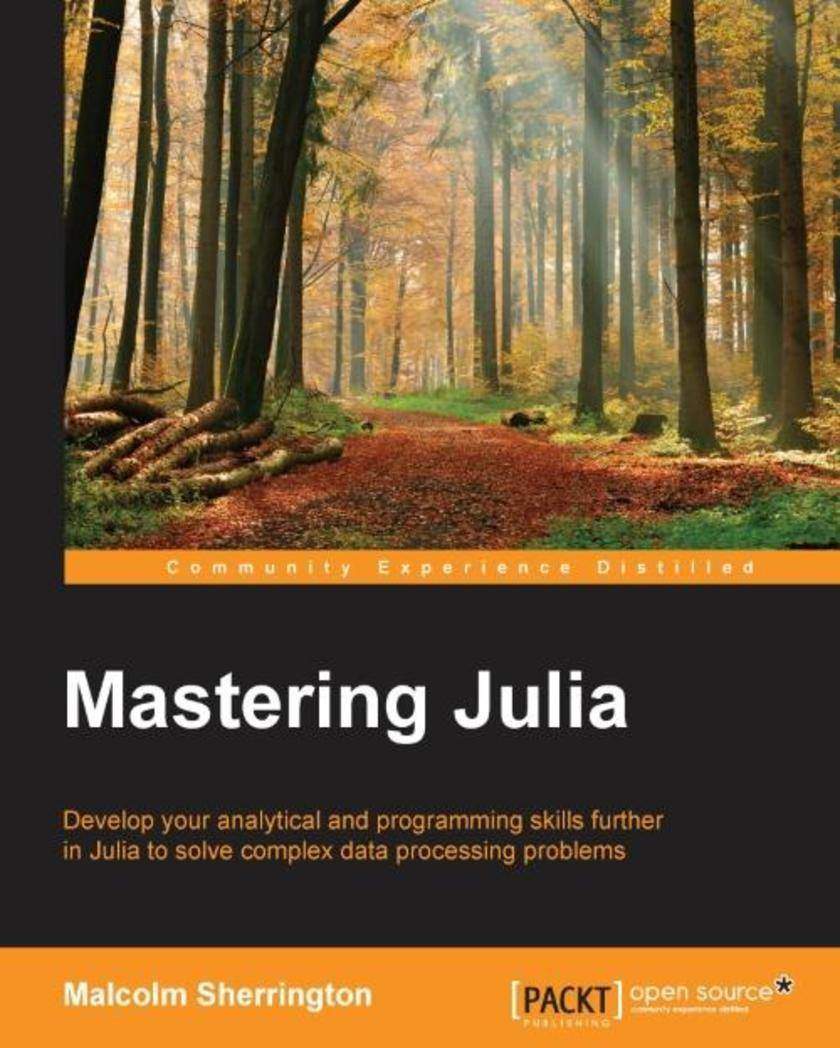
Mastering Julia
¥99.18
This hands-on guide is aimed at practitioners of data science. The book assumes some previous skills with Julia and skills in coding in a *ing language such as Python or R, or a compiled language such as C or Java.

ElasticSearch Cookbook - Second Edition
¥99.18
If you are a developer who implements ElasticSearch in your web applications and want to sharpen your understanding of the core elements and applications, this is the book for you. It is assumed that you’ve got working knowledge of JSON and, if you want to extend ElasticSearch, of Java and related technologies.
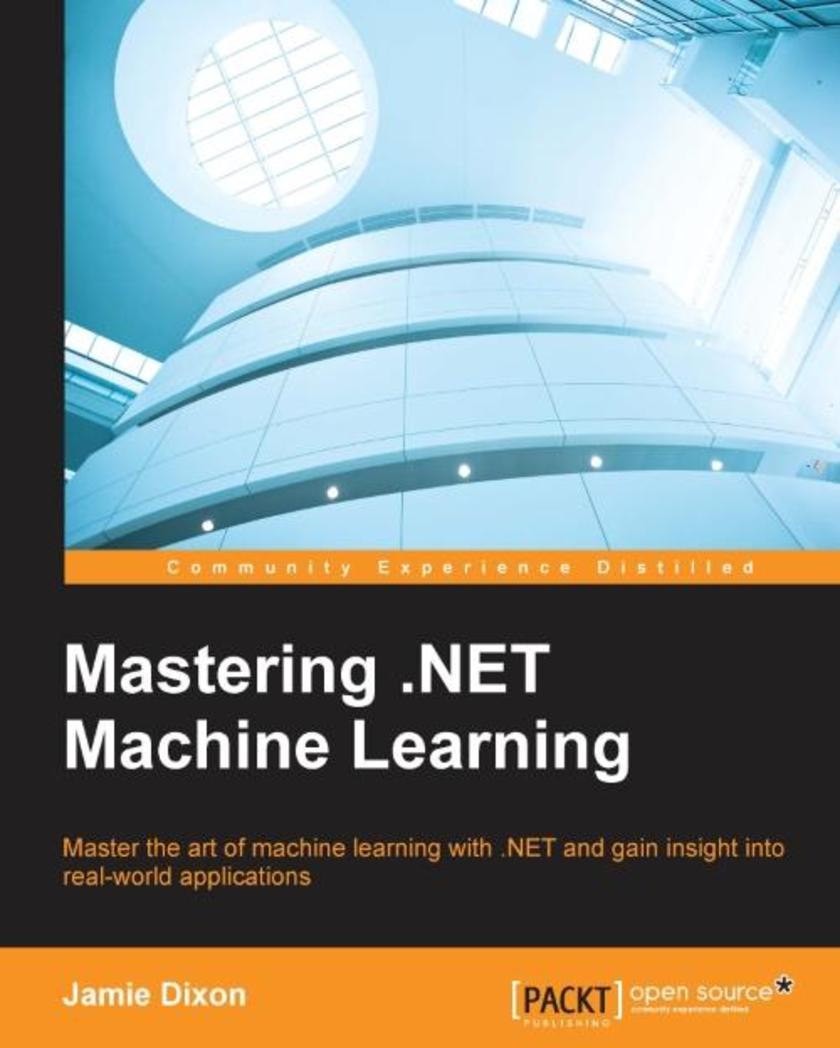
Mastering .NET Machine Learning
¥99.18
Master the art of machine learning with .NET and gain insight into real-world applications About This Book Based on .NET framework 4.6.1, includes examples on ASP.NET Core 1.0 Set up your business application to start using machine learning techniques Familiarize the user with some of the more common .NET libraries for machine learning Implement several common machine learning techniques Evaluate, optimize and adjust machine learning models Who This Book Is For This book is targeted at .Net developers who want to build complex machine learning systems. Some basic understanding of data science is required. What You Will Learn Write your own machine learning applications and experiments using the latest .NET framework, including .NET Core 1.0 Set up your business application to start using machine learning. Accurately predict the future using regressions. Discover hidden patterns using decision trees. Acquire, prepare, and combine datasets to drive insights. Optimize business throughput using Bayes Classifier. Discover (more) hidden patterns using KNN and Na?ve Bayes. Discover (even more) hidden patterns using K-Means and PCA. Use Neural Networks to improve business decision making while using the latest ASP.NET technologies. Explore “Big Data”, distributed computing, and how to deploy machine learning models to IoT devices – making machines self-learning and adapting Along the way, learn about Open Data, Bing maps, and MBrace In Detail .Net is one of the widely used platforms for developing applications. With the meteoric rise of Machine learning, developers are now keen on finding out how can they make their .Net applications smarter. Also, .NET developers are interested into moving into the world of devices and how to apply machine learning techniques to, well, machines. This book is packed with real-world examples to easily use machine learning techniques in your business applications. You will begin with introduction to F# and prepare yourselves for machine learning using .NET framework. You will be writing a simple linear regression model using an example which predicts sales of a product. Forming a base with the regression model, you will start using machine learning libraries available in .NET framework such as Math.NET, Numl.NET and Accord.NET with the help of a sample application. You will then move on to writing multiple linear regressions and logistic regressions. You will learn what is open data and the awesomeness of type providers. Next, you are going to address some of the issues that we have been glossing over so far and take a deep dive into obtaining, cleaning, and organizing our data. You will compare the utility of building a KNN and Naive Bayes model to achieve best possible results. Implementation of Kmeans and PCA using Accord.NET and Numl.NET libraries is covered with the help of an example application. We will then look at many of issues confronting creating real-world machine learning models like overfitting and how to combat them using confusion matrixes, scaling, normalization, and feature selection. You will now enter into the world of Neural Networks and move your line of business application to a hybrid scientific application. After you have covered all the above machine learning models, you will see how to deal with very large datasets using MBrace and how to deploy machine learning models to Internet of Thing (IoT) devices so that the machine can learn and adapt on the fly. Style and approach This book will guide you in learning everything about how to tackle the flood of data being encountered these days in your .NET applications with the help of popular machine learning libraries offered by the .NET framework.




 购物车
购物车 个人中心
个人中心



